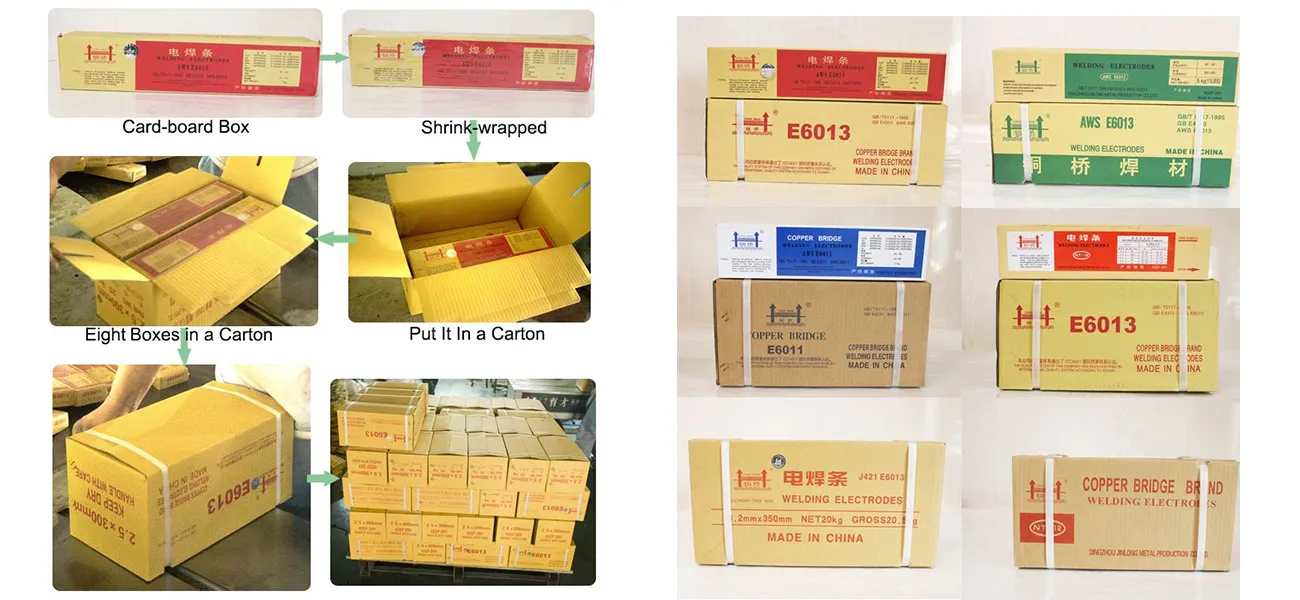what is a 6013 welding rod good for
Feb . 11, 2025 16:41
The 6013 welding rod, officially known as the E6013 electrode, is an essential tool in many welding operations, prized for its ease of use and versatility. This electrode is particularly well-suited for a variety of application environments, including home repair, general fabrication, and light industrial work, making it an invaluable asset for both amateur and professional welders.
Professional welders appreciate the 6013 welding rod for its stability. Its predictable bead and consistent performance reduce the learning curve, allowing welders to focus on technique and quality rather than troubleshooting equipment-related issues. Additionally, the electrode’s compatibility with AC power makes it highly adaptable for remote work sites where DC power might not be available, further increasing its utility. Due to its balanced characteristics, the 6013 electrode is frequently used in educational settings such as trade schools and welding workshops. Here, students can quickly grasp the basics of welding, gaining confidence as they produce satisfying results without fighting inherent material difficulties like excessive spatter or arc instability. In any procurement decision involving welding materials, understanding need-specific features is vital. While the 6013 welding rod serves a broad spectrum of purposes, matching its characteristics to the specific demands of a project ensures optimal performance. By emphasizing strength, versatility, and ease of use, this electrode stands as a practical choice for general-purpose welding while still offering a reliable introduction to those refining their skills in the craft. Ultimately, the 6013 welding rod offers a balanced solution for a wide array of projects, backed by its reputation for delivering solid, dependable welds. Regardless of the complexity or simplicity of the project at hand, it efficiently combines practicality with performance, making it an indispensable resource for anyone engaged in welding endeavors.


Professional welders appreciate the 6013 welding rod for its stability. Its predictable bead and consistent performance reduce the learning curve, allowing welders to focus on technique and quality rather than troubleshooting equipment-related issues. Additionally, the electrode’s compatibility with AC power makes it highly adaptable for remote work sites where DC power might not be available, further increasing its utility. Due to its balanced characteristics, the 6013 electrode is frequently used in educational settings such as trade schools and welding workshops. Here, students can quickly grasp the basics of welding, gaining confidence as they produce satisfying results without fighting inherent material difficulties like excessive spatter or arc instability. In any procurement decision involving welding materials, understanding need-specific features is vital. While the 6013 welding rod serves a broad spectrum of purposes, matching its characteristics to the specific demands of a project ensures optimal performance. By emphasizing strength, versatility, and ease of use, this electrode stands as a practical choice for general-purpose welding while still offering a reliable introduction to those refining their skills in the craft. Ultimately, the 6013 welding rod offers a balanced solution for a wide array of projects, backed by its reputation for delivering solid, dependable welds. Regardless of the complexity or simplicity of the project at hand, it efficiently combines practicality with performance, making it an indispensable resource for anyone engaged in welding endeavors.
Related Video
Copyright © 2025 Dingzhou Jinlong Metal Production Co., Ltd. All Rights Reserved. Sitemap | Privacy Policy




























